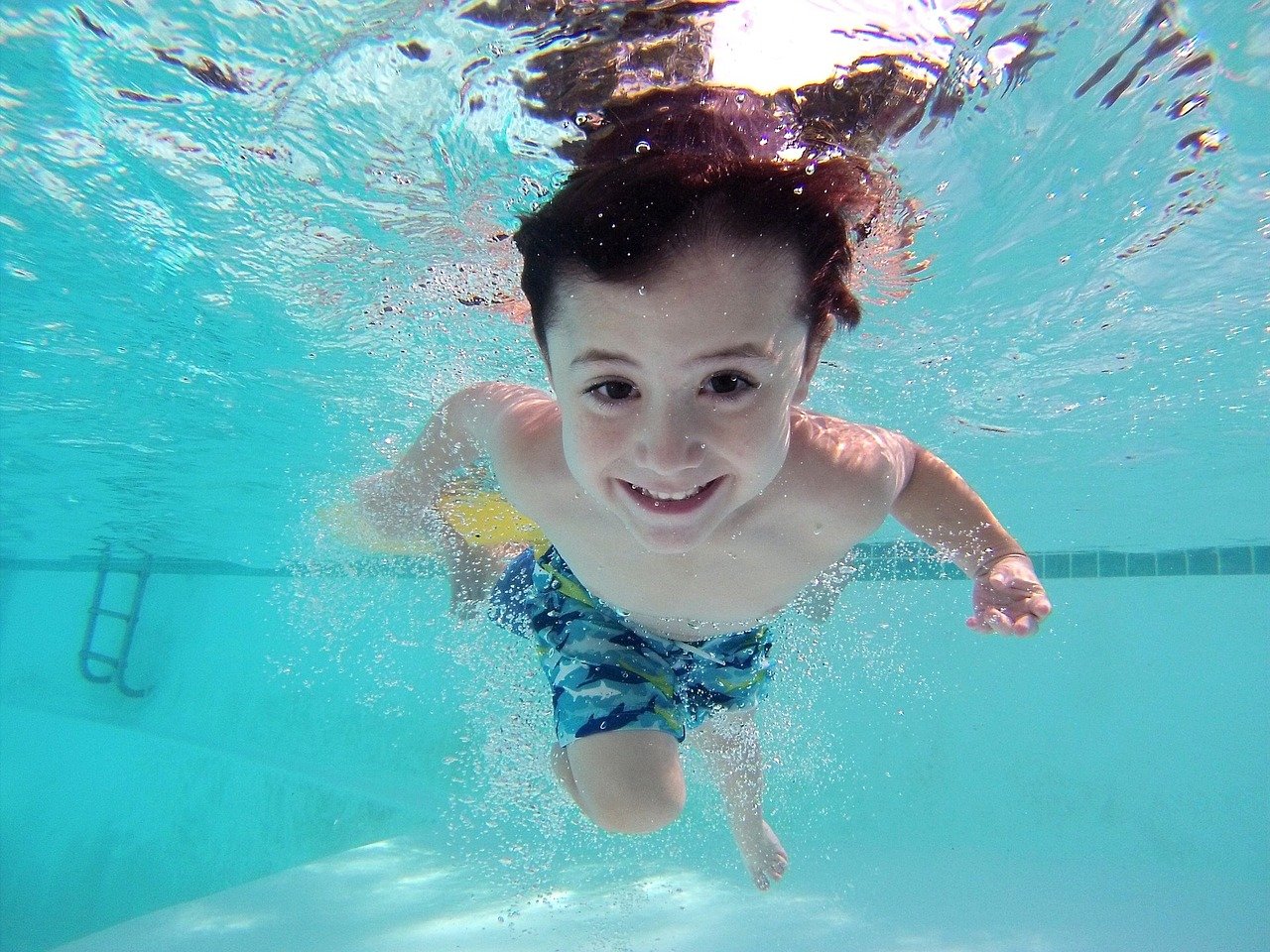The pool is finally open!
It is very easy to forget the essentials of pool care when you haven’t thought about it in months. Especially for new pool owners who were just starting to get the hang of it by the time they needed to close their pool. Our team is re-trained and certified every winter so that we are refreshed and ready to help when your pool is finally open again. Here is a quick Pool care crash course to get you started.
OPENING YOUR POOL
Avoid a summer filled with headaches by opening your pool the right way. With a well-ordered system, you can prevent future problems and lay the groundwork for a pool care plan that’s simple to maintain. We’ve outlined six important steps to help ensure a smooth, carefree opening for your pool. Of course, we are always ready to assist with information tailored to your specific pool care needs.
- REMOVE THE POOL COVER – If you use a solid cover, drain off the water, but not into the pool. Sweep the cover and clean it with BioGuard Stow Away to prevent sticking and unpleasant odors. Store it in a dry place that’s free of debris and protected from the elements.
- FILL THE POOL – Your pool must be filled to the middle of the skimmer opening to circulate properly.
- CHECK YOUR PUMP, SKIMMER BASKET, AND FILTER – Make sure all equipment is clean and in working order. Start the circulation system and remove debris from the pool. If the filter (sand, DE, or cartridge) is dirty, remove grease and oil with BioGuard Strip Kwik. For scale build-up, use BioGuard Kleen It.
- BRING IN A WATER SAMPLE FOR TESTING – Circulate the water for 24-48 hours before taking a water sample. Using a clean plastic container, scoop about a pint of water at elbow depth from the pool away from the skimmers and returns. Seal the container and bring it to ASAP for analysis and personalized instructions for starting up your pool.
- TEST SANITIZER AND pH LEVELS – Use a test kit or test strips to regularly check the sanitizer residual and pH levels. Compare to the charts on the back of the test strip bottle.
- ROUTINE MAINTENANCE – Now that you’re into the swim of things, follow routine maintenance recommendations for your pool care system. We can help you find the best maintenance plan for your lifestyle and pool type.
ROUTINE MAINTENANCE
When taking care of a swimming pool, In-Ground or Above Ground, there are 5 keys to pool care.
CIRCULATION – FILTRATION – CLEANING – TESTING – CHEMISTRY
1. Circulation
Run your pump for a minimum of 10-12 hours per day.
The more your water is in motion, the harder it is for bacteria and algae to take hold. Maximize your sanitizer’s efficiency by circulating your pool water for a minimum of 10-12 hours.
2. Filtration
Backwash per manufacturer’s instruction. Chemically clean every 6 weeks.
Your filter removes both visible debris and most microscopic matter. Check the manufacturer’s guidelines on backwashing – a process that removes materials trapped on or in the filter media. a regular chemical cleaning is necessary approximately every 6 weeks since backwashing will not remove oils and deeply embedded debris.
3. Cleaning
Brush and vacuum your pool every week.
Algae and bacteria can begin to grow in areas that have little or no circulation. At least once a week, brush the walls and vacuum the floor of your swimming pool. Brushing is a must, even if you use an automatic pool cleaner or retain a weekly service.
4. Testing
Test weekly for active sanitizer and pH. Bring a water sample to us for a free water analysis monthly.
Certain pool parameters must be regularly measured and adjusted, including active sanitizer (free available chlorine, bromine, or biguanide), total alkalinity, and calcium hardness, among others. Most important are pH and active sanitizer levels – both should be tested weekly. *Bring us a water sample when you open and close your pool.
Free Chlorine Residual: 1 to 4 ppm for chlorinated pools
Total Bromine Residual: 1 to 3 ppm for brominated pools
Sanitizer Residual (“B”): 30 to 50 ppm for SoftSwim pools
pH: 7.5 is ideal pH, 7.4-7.6 is acceptible
Total Alkalinity: 125 to 150 ppm (80 to 150 ppm for saltwater pools)
Calcium Hardness: 200 to 275 ppm for plaster and SoftSwim pools, 175 to 225 ppm for all other pool types
5. Chemistry
Apply the right products to your pool water at the right time.
Timing and accuracy are important; be sure to follow label directions for the optimal outcome. Our team of Certified BioGuard Water Care Experts will give you precise instructions on what to do. It’s just one of the many valuable benefits you’ll receive as a BioGuard customer.
ROUTINE POOL CARE SUMMARY
Daily
- Test and adjust pH and sanitizer levels
- Run your filtration system 10-12 hours a day during the summer; 12 hours is better
Weekly
- Test the Total Alkalinity level
- Shock to remove contaminants with your preferred BioGuard shock treatment
- Add a preventative dose of your preferred BioGuard Algicide
- Remove leaves and other debris from pool
- Empty skimmer and pump baskets
- Brush pool floor and walls
- Check water level and top up if necessary
- Check filter pressure and backwash only if required (follow manufacturer’s recommendations)
Monthly
- Bring us a water sample for an in-depth water analysis




